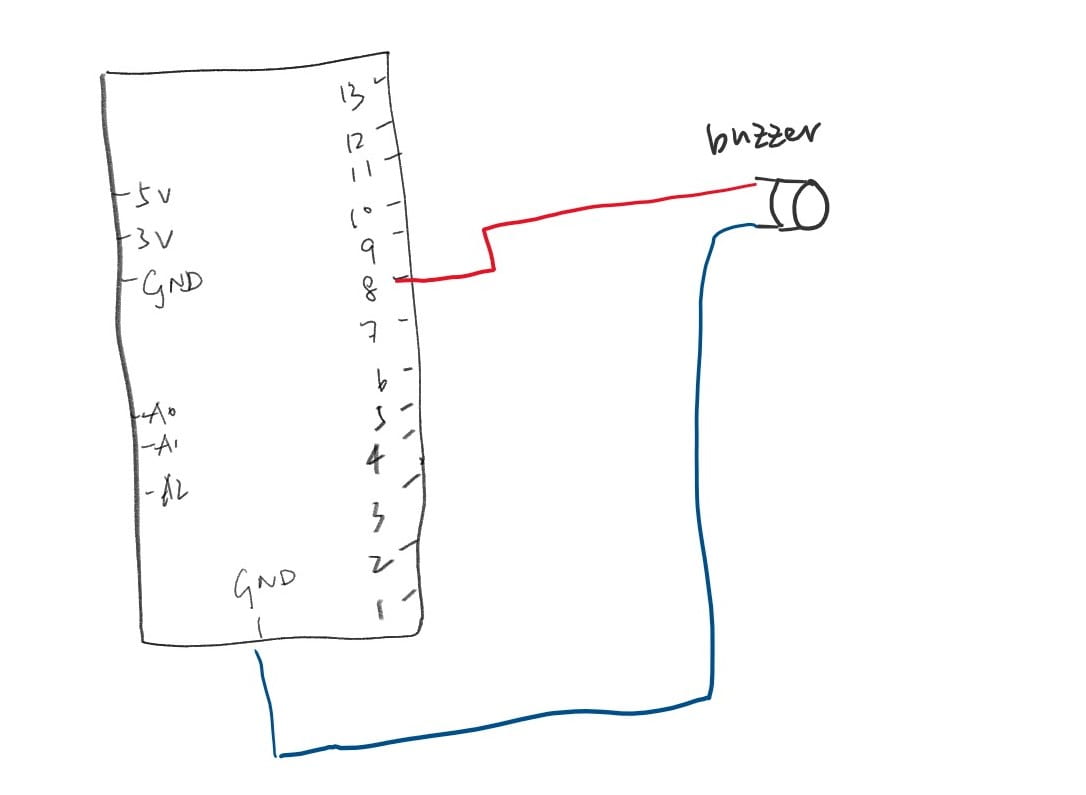Exercise 1: Make a Processing Etch A Sketch
Here is a schematic of a circuit made up of two potentiometers, each controlling the x-value and y-value on the screen.

With the ellipse changing position, the program operates this way:
When you think about how Etch a Sketch works, essentially it is only detecting values on the two handles and drawing a straight line between the values returned in two continuous detects. In the video given, the reason why the lines are so smooth and real is because the toy makes detections way faster than Processing, and handles on the toy is also larger than Arduino processing, making controlling them easier.
I think while this is a very simple and flat interactive relationship, their is quite a huge potential in what people can achieve through it. It can also help its children or even adult users to develop creative thinking by brainstorming what one single line can make up. However, I don’t think this is the best way to create art for a commoner on a daily basis because it requires some sort of artistic threshold to make a vivid picture with such limited material. Other digital drawboards with way more features would help daily art creation better.
Exercise 2: Make a musical instrument with Arduino

Building the circuit and coding is easier compared with designing how this program should be like. Since you can choose either or both of your keyboard and mouse to control the sound, which one you wants to use controlling length and tone of the notes is a central question that I needed to design to make using this program easier. Finally, I decided that while moving the mouse creating a sound might be fun, it is not quite practical. Therefore, I chose to build this classic keyboard where each key on the second of your keyboard leads to the sound of a different note. And I made the length of one sound linger a bit longer after the user stopped pressing the key to create an experience like playing a piano.